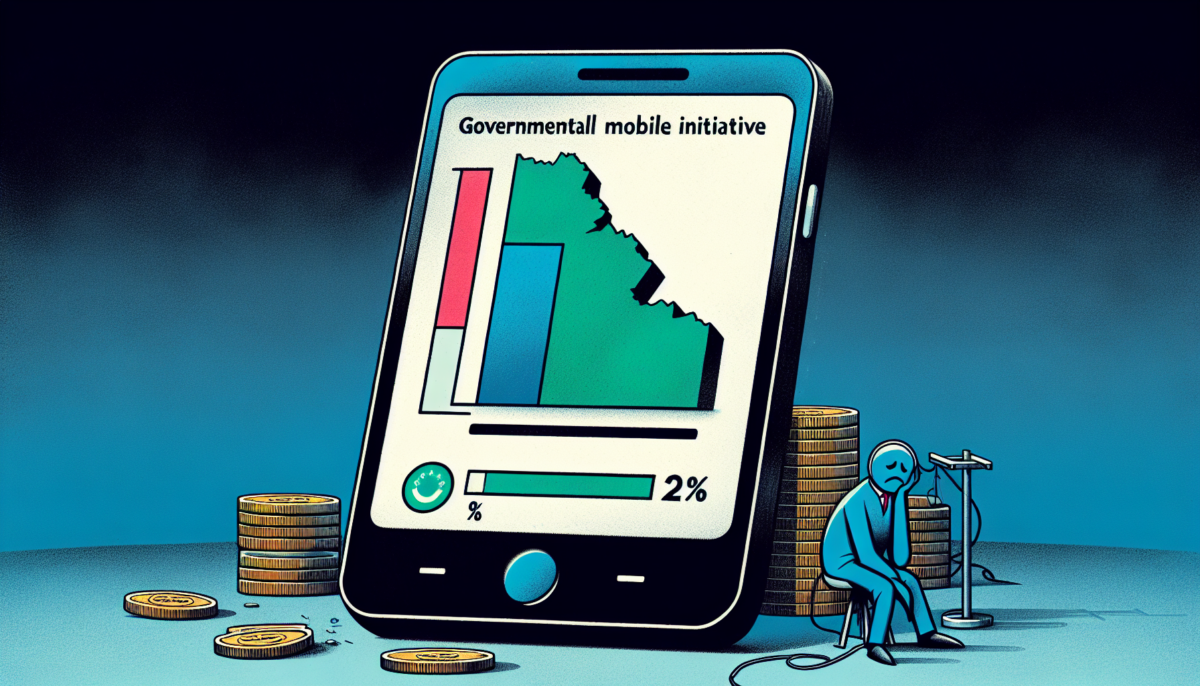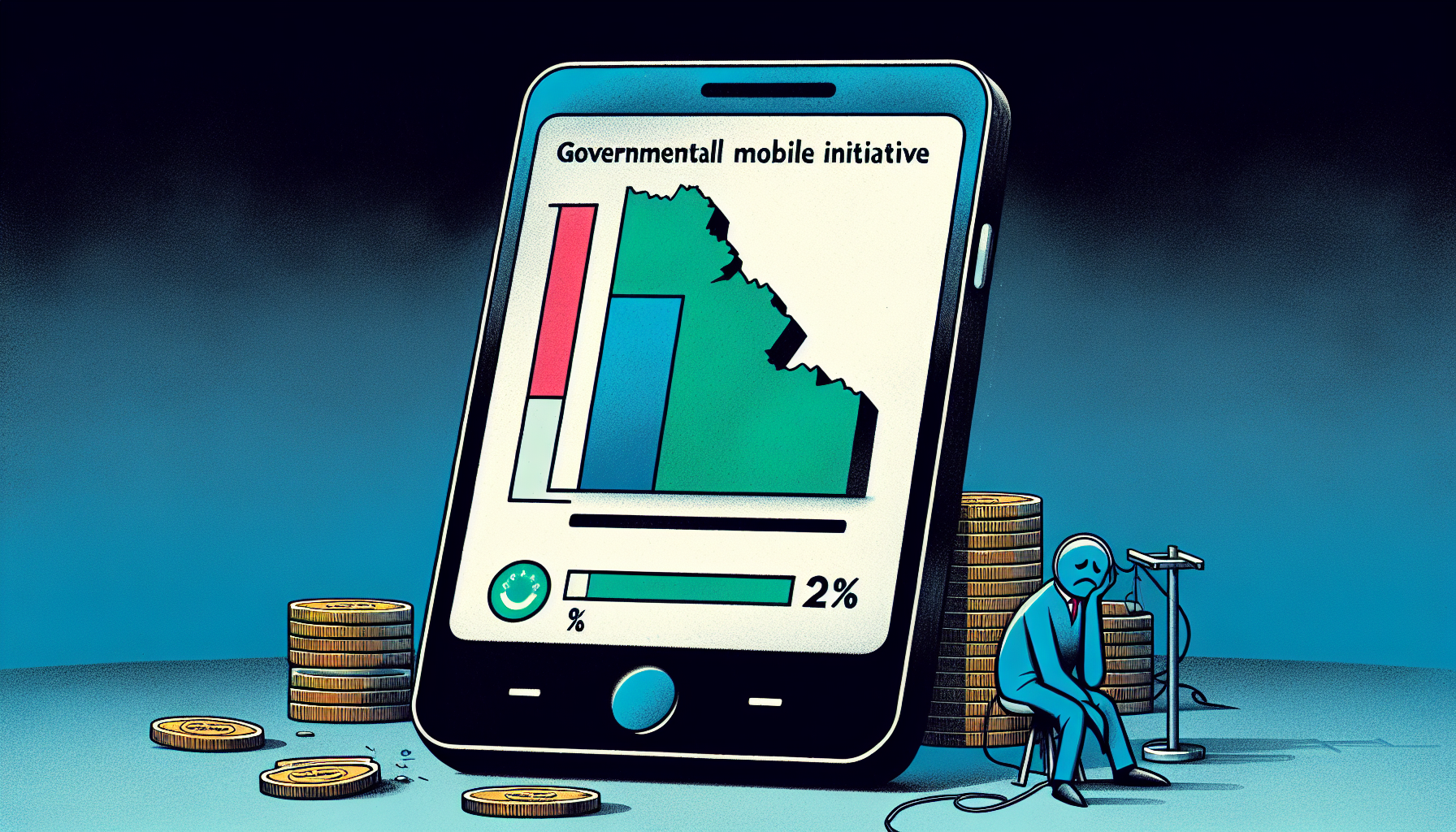NSW Government’s $300 Million Regional Mobile Initiative Fails to Deliver, Reaching Less Than 2% of Target
We independently review everything we recommend. When you buy through our links, we may earn a commission which is paid directly to our Australia-based writers, editors, and support staff. Thank you for your support!

“`html
NSW Government’s $300 Million Regional Mobile Initiative Falls Short, Achieves Less Than 2% of Goal

Quick Read
- The NSW Government’s $300 million investment seeks to enhance mobile coverage.
- The program achieved only 700 square kilometers of coverage, falling short of the intended target of 36,000 square kilometers.
- The audit uncovers inadequate management and irregular project business cases.
- Notable project delays and excessive costs were discovered.
- Updated goals established for December 2024 and December 2028.
Introduction
The New South Wales (NSW) Government’s bold $300 million Regional Digital Connectivity program (RDCP), designed to improve mobile network coverage, has significantly missed its targets. Initially set to enhance mobile connectivity over an area of 36,000 square kilometres by June 2023, the project successfully covered just 700 square kilometres, as revealed by a recent audit.
Program Overview
Introduced in 2019, the RDCP also encompasses the $100-million Gig State program aimed at enhancing internet connectivity in regional areas. Nevertheless, the initiative has encountered significant criticism for its mismanagement and underestimated cost forecasts. An audit by NSW revealed that the overall goals of the RDCP are still not clearly defined, and inconsistent business cases have further complicated the implementation of the program.
Deficiencies and Delays
The RDCP aimed to offer grants to commercial telecommunications companies for mobile and internet initiatives. Nonetheless, every RDCP project missed its deadline. The audit office was unable to find any proof showing how the department tracked project advancement, resulting in considerable hold-ups. Certain projects were extended by more than a year past their intended completion dates.
The report indicated that inadequacies in project and risk management have led to delays in the program’s implementation. Although some delays were outside the government’s influence, others might have been better handled with proactive risk management tactics.
Significantly Higher Costs
Auditors highlighted one particular project: the construction of a fiber network in the Wamboin, Bywong, and Sutton regions. Despite initial higher cost estimates, the Department of Regional NSW proceeded with a budget of $5 million. Ultimately, costs escalated to over $12 million, necessitating additional funding to finish the project.
“The auditor noted that the budget was inadequate, leading to a more complicated and lengthy process, and stressed that following earlier advice could have made operations more efficient.”
Revised Targets
Following the audit results, the NSW government has established new objectives. They now plan to provide 12,279 square kilometers of additional mobile coverage by December 2024, with an expansion to 60,000 square kilometers by December 2028. These updated targets aim to address previous deficiencies and improve mobile connectivity throughout regional NSW.
Summary
The $300 million Regional Digital Connectivity program by the NSW Government has encountered considerable challenges in meeting its ambitious objectives. As of June 2023, merely 700 square kilometres have been covered out of the intended 36,000 square kilometres. The endeavor has suffered from ineffective management, fluctuating business cases, and notable cost overruns. New targets have been established for December 2024 and December 2028 to tackle these problems and enhance mobile connectivity in regional regions.
What was the original objective of the RDCP?
A:
The primary objective was to enhance mobile coverage over an area of 36,000 square kilometres in New South Wales by June 2023.
How extensive was the actual mobile coverage?
A:
By the specified deadline, only 700 square kilometers of mobile coverage had been attained.
What were the primary concerns discovered during the audit?
A:
The audit uncovered key issues such as inadequate management, inconsistent project business cases, major delays, and budget overruns.
Q: What updated goals has the NSW Government established?
A:
The updated goals are set to achieve 12,279 square kilometres of new mobile coverage by December 2024 and increase this to 60,000 square kilometres by December 2028.
Which particular project experienced notable cost overruns?
A:
The installation of a fiber network in the Wamboin, Bywong, and Sutton areas faced substantial cost overruns, rising from an original budget of $5 million to more than $12 million.
How did shortcomings in management lead to delays?
A:
Shortcomings in project and risk management resulted in considerable delays in finishing projects, with several being postponed by more than a year past their intended deadlines.
What does the Gig State initiative entail?
A:
The Gig State project is a $100-million endeavor as part of the RDCP, focused on enhancing regional internet connectivity in New South Wales.
To learn more about this subject and other technology updates, check out TechBest.
